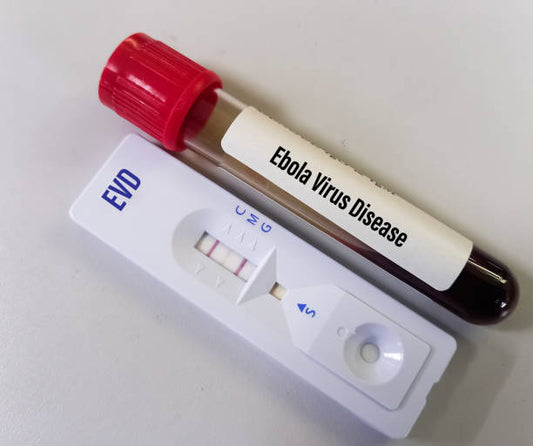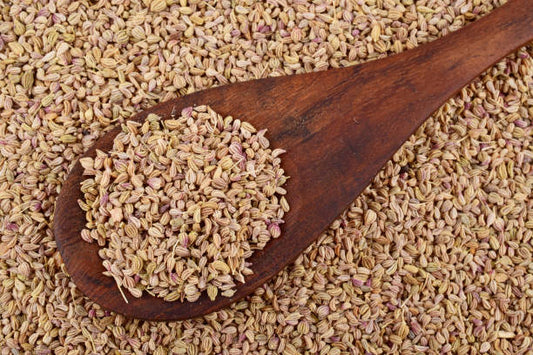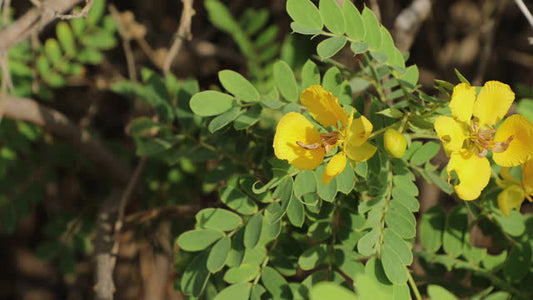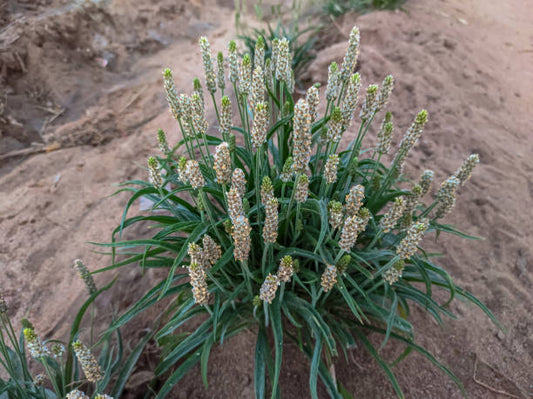What is Raynaud's Phenomenon?
Raynaud's Phenomenon is a condition that affects the blood vessels in the body, most commonly the fingers and toes. It is characterized by episodes of discoloration, pain, and numbness in the affected areas.
Research on Raynaud's Phenomenon has been ongoing for decades, with new findings and treatments being developed all the time. The exact cause of the condition is still unknown, although there are many theories as to what might be causing it. Generally, it is believed to be caused by some combination of factors including genetics, environmental triggers, and lifestyle.

Recent research has suggested that Raynaud's Phenomenon may be linked to an autoimmune disorder, with studies showing that it is more common among those with other autoimmune conditions such as lupus and rheumatoid arthritis.
Overall, research on Raynaud's Phenomenon is ongoing, and new treatments and theories are being developed all the time. If you have been diagnosed with Raynaud's Phenomenon, it is important to speak to your doctor about the various treatment options that are available to you.
Symptoms
The most common symptom of Raynaud's phenomenon is a change in the skin color of the affected digits.These changes usually occur in response to cold temperatures or emotional stress and can include:
• Numbness or tingling in the affected digits
• Coldness or burning sensation in the affected digits
• Pain in the affected digits
• A decrease in blood flow to the affected digits
Development
Raynaud's phenomenon is thought to be caused by an overactive sympathetic nervous system. This is the part of the nervous system responsible for regulating the body's response to stress, and it is believed that this system is overly sensitive in people with Raynaud's phenomenon. In response to cold temperatures or emotional stress, the sympathetic nervous system causes the small arteries that supply blood to the skin to constrict, resulting in the characteristic changes in skin color.
How to Cure?
There is no cure for Raynaud's phenomenon, but there are several treatments available to help manage symptoms. In terms of treatments for Raynaud's Phenomenon, there are a few different options. Lifestyle changes such as avoiding cold temperatures and quitting smoking can help reduce the severity of symptoms. Medications that help to reduce inflammation and improve circulation can also be prescribed. In some cases, surgery may be necessary to correct the underlying cause of the condition.
Management
When managing Raynaud's phenomenon, it is important to take steps to prevent further episodes. This includes avoiding exposure to cold temperatures and managing stress levels. It is also important to wear protective clothing in cold temperatures, such as gloves and socks.
In addition, there are several medications that can be used to help relax the small arteries and improve blood flow. These medications include calcium channel blockers, alpha-blockers, and vasodilators.
Finally, physical activity can help improve circulation and reduce the frequency of episodes. Regular exercise can help keep the arteries healthy and reduce the risk of further episodes.












